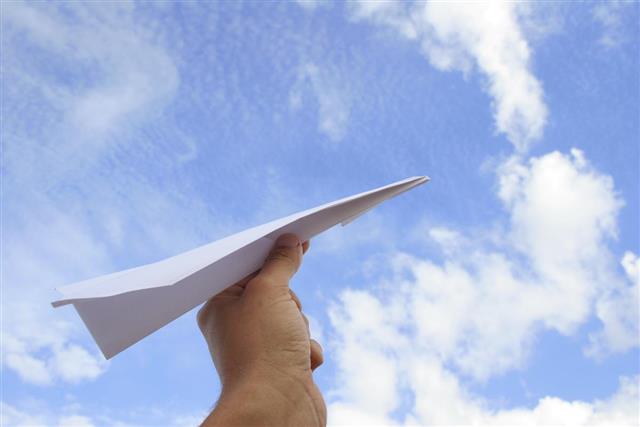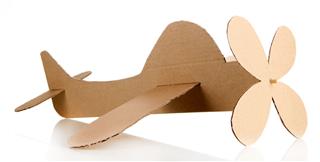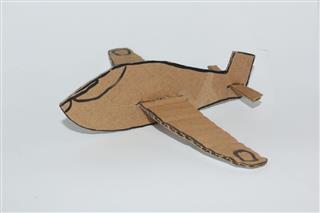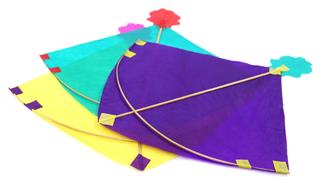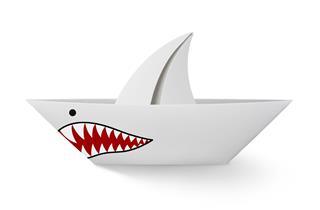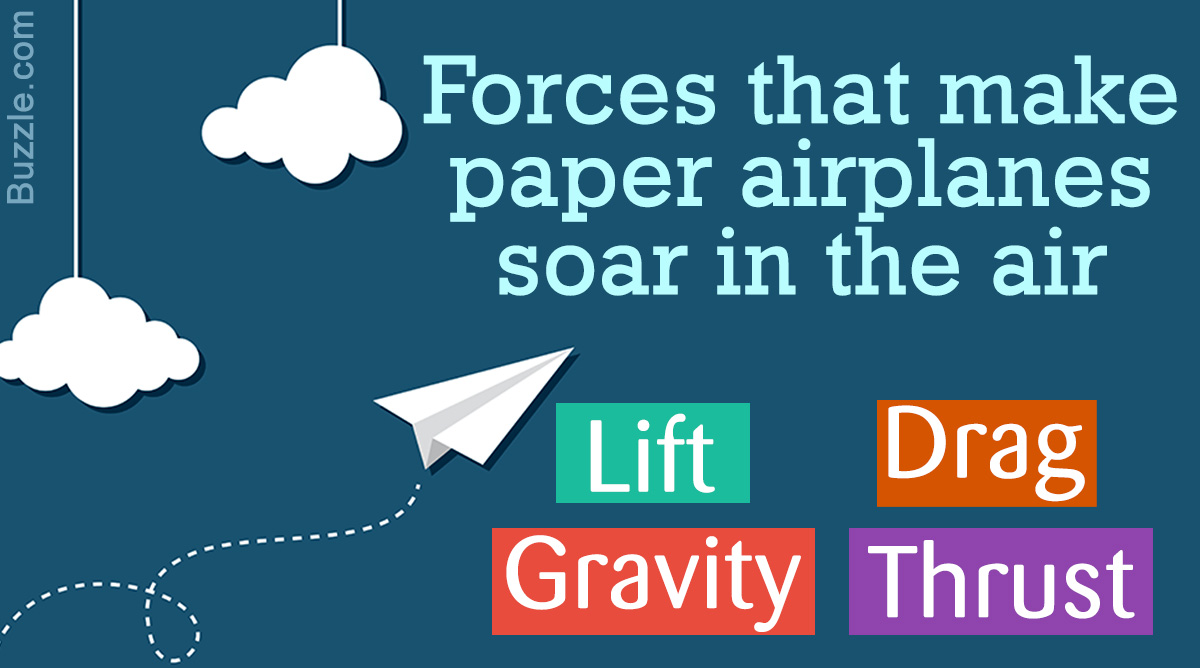
Most of us have enjoyed making paper airplanes during childhood, but have you ever wondered what makes a folded piece of paper fly? Read on to know more.
Aerodynamics is the branch of physics that studies the characteristics of motion of air and the interaction of any moving object with air. An airplane is an object that makes use of the principles of aerodynamics to fly tons of weight across thousand miles against the force of gravity. When we are implementing the art of origami while making simple paper airplanes, the basic aerodynamics used by it is very similar to the aerodynamics of a real plane. Every fold that we make while constructing a paper plane imparts some important logic in aerodynamic to it. Since the real airplane aerodynamics is a bit complicated, we opt for studying the paper airplanes which definitely explain the basics of flying.
A real airplane and a paper airplane almost share the same aerodynamics logic. However, the configuration differences that exist are due to the dissimilar purposes of the two types. Now, the main parts of a real airplane are the wings, the tail, and the fuselage (body) that holds the pilot and passengers. In a paper airplane, you will observe that the tail and wings are fused. It does not have a fuselage, since it does not have to bear any occupants. There are four types of forces in physics that play an important role in a making paper airplane soar in the air.
Lift
Very simply, lift is a force that acts perpendicular to the oncoming force, and holds the airplane in the air. It acts directly against the weight of the airplane. Though the entire plane exerts this force, the wings are the ones that generate it to the maximum level. Both the upper and lower surfaces of the wings are responsible for turning the flow of air. Generally, lift is the result of a solid object deflecting the motion of gas. This force acts through the center of pressure of the object.
Drag
Drag, also known as air resistance, is a force that opposes the motion of an object in fluid (gas or liquid). This force opposes the motion of the aircraft in air and is produced by the entire aircraft. It occurs due to the surface friction between the solid surface of the airplane and air molecules. This too acts through the center of pressure of the object.
Thrust
It is the forward force that is applied to the airplane to propel it in the forward direction. It comes from the engines of a real aircraft, whereas for a paper airplane, the human hand artificially generates this force while hurtling the plane in air.
Gravity
Gravity is another force that acts on the airplane and constantly tries to pull it down towards the Earth. A real aircraft makes use of many lift, drag, and thrust forces against the gravitational force. In case of a paper airplane, when we hurl it in the air with some energy, it makes use of that energy to stay in air for some time. As the energy goes on reducing, the plane moves downwards. As soon as all the energy is exhausted, the airplane falls down to the ground.
The humidity of air also has a considerable effect in the flight of a paper airplane. As paper absorbs moisture, it changes the density of the airplane consequently. So, making the airplane out of a thick paper proves to be more effective.
An actual plane has additional components that are utilized for efficient flying of the aircraft when it is carrying weight. For a real plane, the weight of the passengers and luggage affect the above elements to some extent. So, next time you make a paper airplane, keep in mind these points to make one that has a long-lasting flight.
